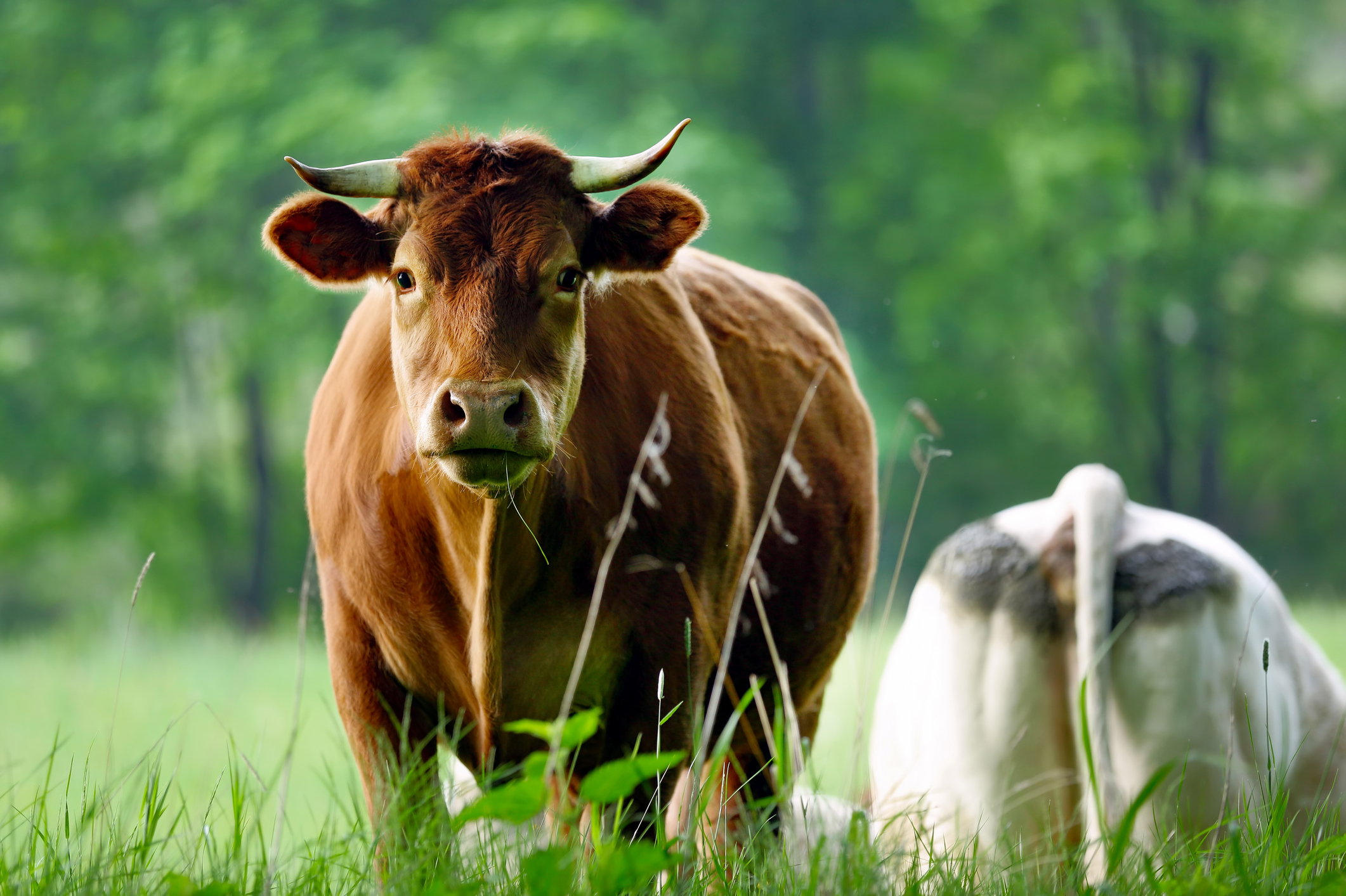By now you’ve definitely heard the one about cattle flatulence causing global warming, right? And, more importantly, how flawed those claims are.
There were 94.4 million head of cattle in the U.S. on January 1. Even as people work from home and follow social distancing measures, something extraordinary has been happening: greenhouse gas emissions are declining. Although we don’t have daily measurements of CO2, there are indicators from other measurements that greenhouse gas emissions are declining. For example, U.S. urban centers, including New York City, have recorded carbon monoxide levels down by nearly 50 percent compared to a year ago.
Some environmental activists point to animal agriculture, particularly beef production, as a major source of greenhouse gas emissions. Data from the EPA contradicts their claim. In the U.S., agriculture accounts for approximately 9 percent of greenhouse gas emissions. Globally, agriculture from farm gate to consumer plate, accounts for approximately 26 percent of greenhouse gas emissions.
“Farm gate to consumer plate,” consists of everything involved in agriculture production. That encompasses the growing of a vegetable or animal, transportation from the farm to a processing facility, processing, transportation from processing to storage, storage to grocer, grocer to consumer, consumer to home and plate.
The agricultural community’s contribution to the environment far outweighs emissions concerns. Current data supports that theory. While there are fewer commuters and global flights, but a similar number of livestock, greenhouse gas emissions appear to have diminished for the time being.
The primary difference between livestock inputs to greenhouse gas emissions and those of transportation, is that livestock emissions are cyclical. While some may argue emissions would have been lessened even more had there been fewer cattle to contend with, there also would have been fewer benefits from having livestock grazing as well. Livestock grazing contributes to greenhouse gas emissions but also contributes to the control of invasive plant species, habitat restoration for threatened and endangered species, control of soil erosion from water runoff, reduces wildfire threats, and increases biodiversity. So, while there are emissions from livestock, there are positive offsets to those emissions.
We can all continue to do our part – agriculture included – to reduce environmental impacts. But current data should solidify something for those pushing for plant-based diets to save the climate: we need to find an approach that looks at the whole picture, not the picture that suits a specific world view. Clearly, in light of COVID-19, the whole of China, northern Italy, or New York City hasn’t gone vegan, they have simply not driven a car or gotten on a plane in several weeks.
So, while this pandemic is an unwelcome lesson with tragic consequences, it has also taught us that agriculture and cattle just might not be the problem.






